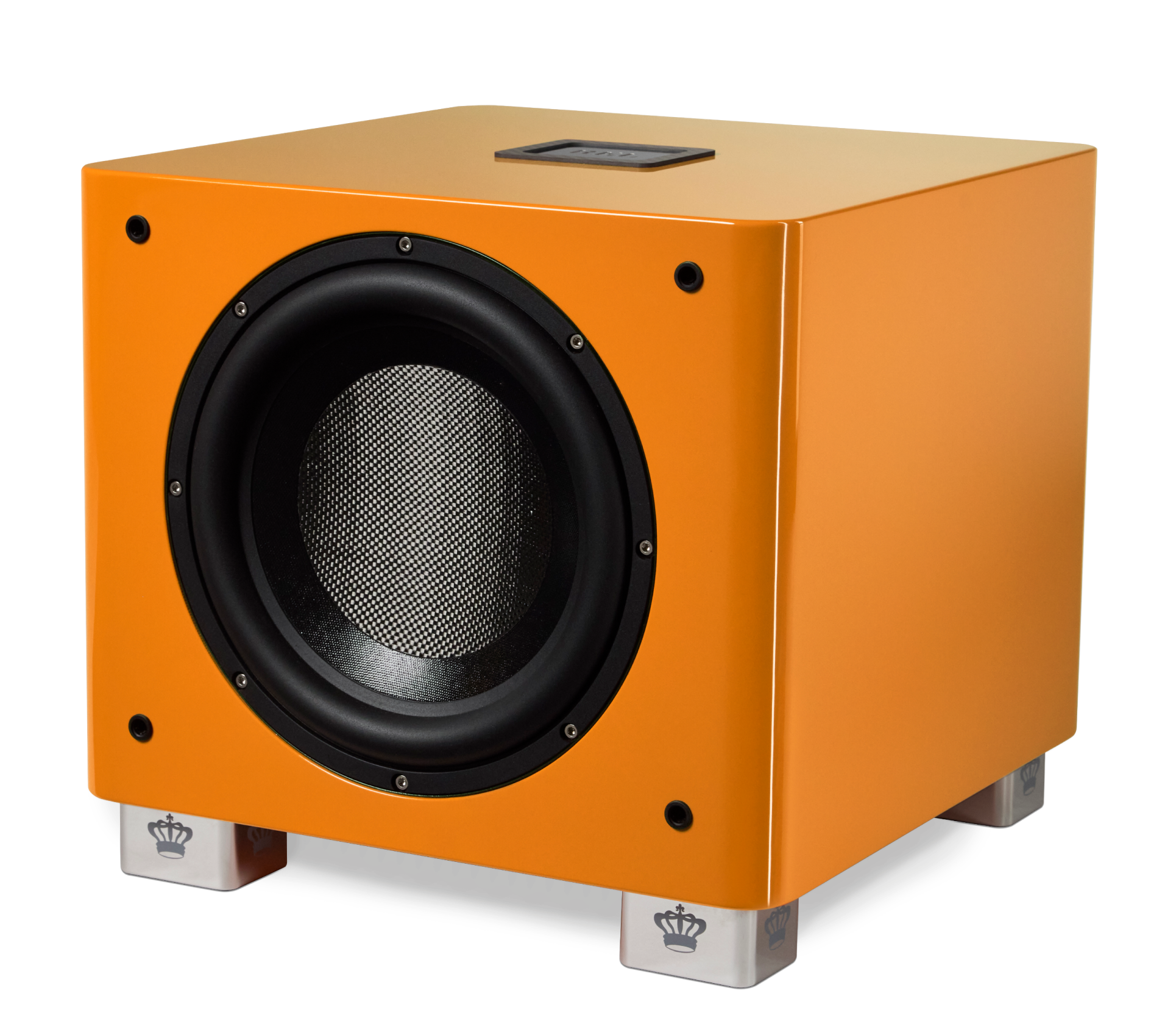Blog
The Role of the Rear Channel Subwoofer in REL-3D
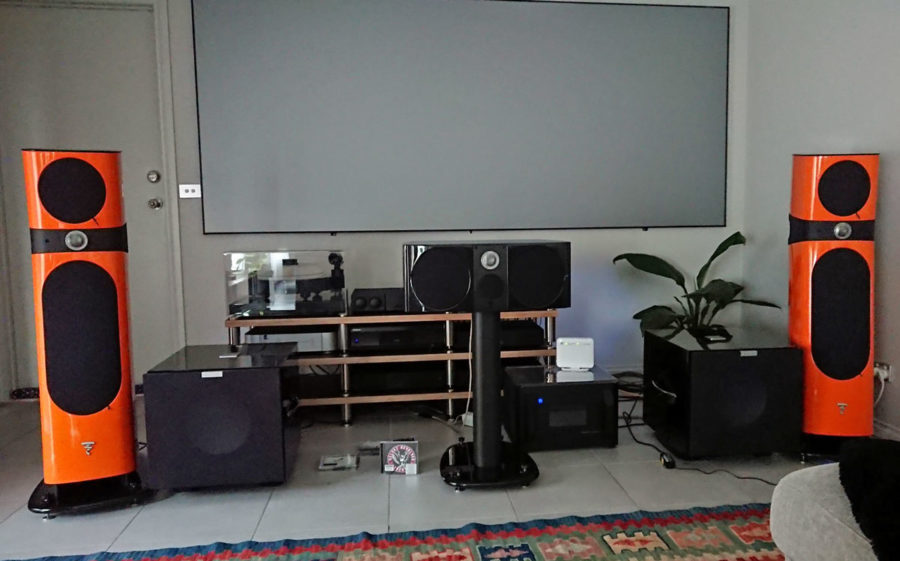
For anyone who’s heard a properly dialed-in home theater REL 3D system, where 3-dimensional aural reality is so thick and viscous it seems almost as though it is carved out of solid, rather than the ethereal, spacy but-not-really-there qualities of average home theatre rigs. Learning how to think about constructing one of these systems can seem daunting, but that’s why we’re here. And for anyone who fancies themselves a pure 2-channel guy or gal, know that as one ascends to the peak of both of those art forms, they come much closer together than when home theatre is left to the mid-fi muddlers. So, what roles do each of the RELs play in these systems?
Today, we’re jumping into the role of the rear channel REL(s) powered subwoofer when used in a home theater REL 3-D or home theater HT-3D system. The role of Rear Channel REL subwoofers is to deliver a sense of the vastness of 3-dimensional space throughout the body of the theatre, rather than having it locked to the 2-dimensional front screen only.
Before we dive into the setup of the rear channel REL powered subwoofer, let’s revisit the difference between a REL 3-D and HT-3D system. Conceptually, the difference is whether the system is built principally to deliver shock and awe or to resolve all of the nuance of movies PLUS deliver the effects scenes. Specifically, a HT-3D system means that all subwoofers, except for the center channel subwoofer, are Serie HT based (the center channel REL is always one that supplies High Level Input). A REL 3-D system, on the other hand, is made up entirely of REL subwoofers that offer High Level Inputs. Deciding between a REL 3-D and a HT-3D is a matter of budget constraints and the goals of the system. But in the end, the concepts we will discuss in this article apply to both types of systems.
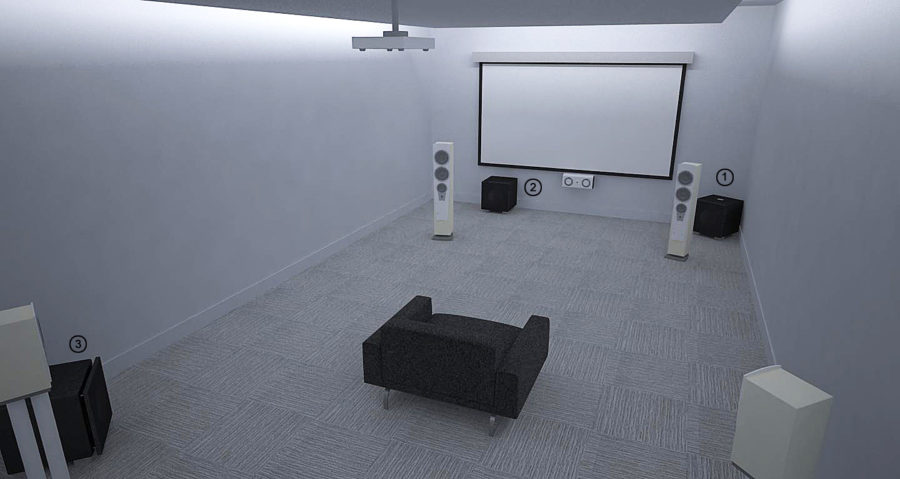
Let’s first touch on the main RELs and the center channel REL to ground ourselves in how the system all works together. The main speakers that define the scope of your home theatre are the Left and Right front main speakers, they are responsible for setting the front stage. Therefore, the REL(s) that partner with these enable the system to deliver the scale and balance that the entire theatre is responsible for.
The center channel (both speaker and REL) is a subset of information that anchors and solidifies much of the information that your eyes take in from the foreground of the screen (here, I use the term screen to conjure the theatrical image, this can be simply a TV). When main L-R speakers are anchored by one or more RELs, the sound takes on a grand scale. Without a matching center channel REL connected High Level, the center channel speaker simply can’t deliver the goods to create a believable match to the profoundly large stage set by the main speakers/REL combination.
Onward to the rear speakers and subwoofers. Once the front stage is solidified and anchored by the main speakers and REL(s), and the center channel/center REL are properly sited and dialed-in (meaning rake angle as well as gain matching within the AV receiver or processor AND delay is properly set within your AVR or processor) the effect is to have a highly detailed wall of sound capable of matching even very large screens. But the sonic scale still is largely locked to the 2-dimensional front of the room and screen. Whereas theatre takes flight and becomes truly 3-dimensional via the introduction of really good surround speakers and partnering REL Rear Channel Sub(s).
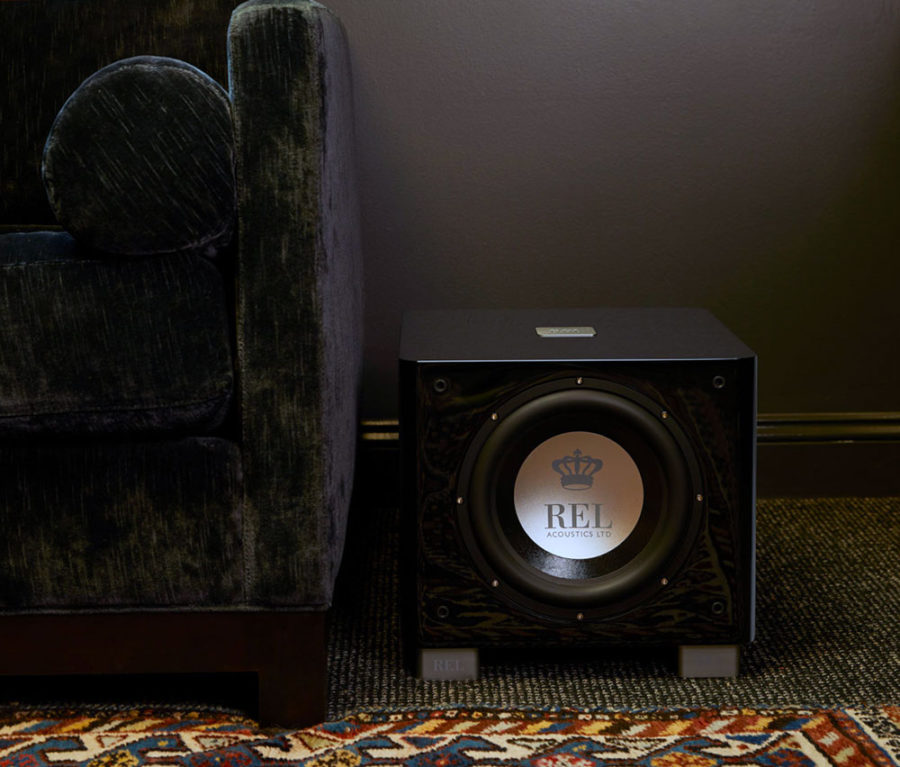
REL-Tip #1: Don’t buy speakers from dealers or manufacturers that claim that surround speakers need only go down to somewhere between 80-120 Hz. For surround to work requires deep bass, and while we deliver that in spades, the necessary connection that must be formed between rear surround speakers and RELs requires clean extension down to 50 Hz or lower. And for those of you who are avid 2-channel types, you will recognize this guidance as precisely consistent with our guidance for proper system construction of any speaker pair with a REL.
REL-Tip #2: In my experience, most people vastly prefer a pair of well setup speakers in the rear with the appropriate REL to multitudes of low quality speakers making annoying sounds all over the place. Great 5.1 is far more satisfying than mediocre 11.2. Get the placement and quality just so, drop a REL carefully underneath it and most people will be set for life. Adding on additional channels, as in a 7 (5.1+2 surrounds), 9 (5.1+4 surrounds) or 11-channel system with additional RELs can be a remarkable experience but one that requires incredibly experienced setup skills. Remember, the pro’s still master in 5.1, then additional surround channels are layered on in subsequent re-masterings which is what we suggest is a good way to approach building a large theatre.
REL-Tip #3: Surround speakers—but just don’t skimp on quality – can be in-ceiling or in-wall to keep clutter to a minimum. Our experience has been that particularly for height effect speakers used in a Dolby Atmos context, quality ceiling speakers prove ideal (do NOT place them directly over one’s head but split their location fore-and-aft whenever possible).
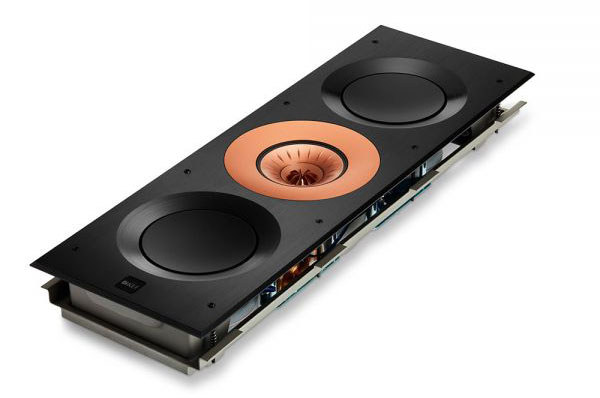
REL rear channel subs (one will do quite nicely in many cases) properly placed in a rear corner and crossed over carefully opens up the entire theatre and transforms it into your own personal Holodeck (the imaginary 3-dimensional reality stage created for Star Trek: The Next Generation) wherein you, the viewer, are placed within a 3-dimensional aural virtual reality set that changes scene by scene.
Let’s summarize the use of rear channel subs in REL 3-D sets; the rear channel REL in a 3D or HT-3d setup is of critical importance, as it’s responsible for conveying vastness of scale in scenes that require this. Done properly this sub places you inside the action, rather than always leaving you on the outside looking in. Of the minimum 3 RELs needed to accomplish this experience, the rear channel sub should be your second largest unit, the largest being that unit used to support the L-R main speakers, the smallest being the center channel sub and the rear being nearly the same as, or (in large theatres) identical to, the main sub.
Remember to set your speakers to Full Range wherever possible, connect High Level +.1 to the Rear sub and enjoy theatre in a way few but the best mastering engineers get to. High end home theatre is a remarkable human experience when approached properly with a systematic attention to detail and a deeper understanding of the role each section of theatre is responsible for. If you already have the main sub and a mating center channel sub, the rear sub will utterly transform your theatre experience in ways that prove immediately addictive.



